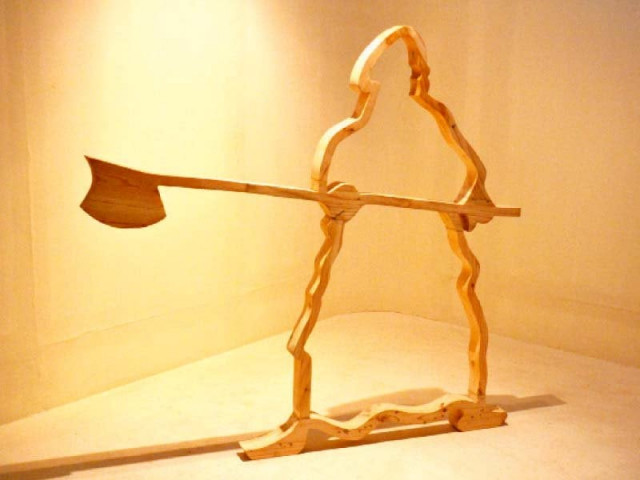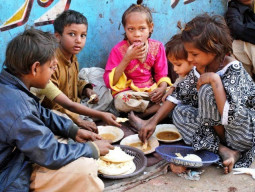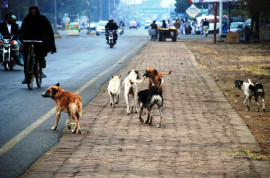
“I have tried to explore the small, but significant, alterations made to our history and how they eventually led us to where we stand today,” Azeem Hamid, a graduating student of Beaconhouse National University (BNU), said on Sunday.
He was speaking at the third day of the annual thesis show of the Mariam Dawood School of Visual Arts and Design (SVAD) at BNU’s Tarogil Campus.
Using various mediums and techniques, Hamid tries to show how rulers, especially dictators, altered the country’s psyche by making changes to the curricula.
Focusing on the roots of radicalisation, Hamid has made cinemagraphs of General Ziaul Haq’s speeches about Islamisation.
“The repetitive motion in these cinemagraphs shows how history is constantly repeating itself,” he says.
In the second cinemagraph, he divides history into several chapters, discussing for example, the hanging of former prime minister Zulfikar Ali Bhutto. He uses entopic graphomania, a surrealist technique, to diminish the importance of a chapter. “The curriculum has been constructed in a manner that gives preference to certain events. They shape how we think,” he says.
Hamid’s work also offers a comparative analysis of certain popular songs and movies. Their posters are displayed side-by-side to highlight how Arab culture gained mainstream acceptance over the years.
The viewer is then shown a video about a popular shopping area. Throughout the two minute video, subtle alterations are made to the scene. At the end, a completely different picture emerges. “Small changes, that we rarely notice, eventually cause larger changes in society,” Hamid says.
Another interesting display is a game designed by Husnain Jalil Shah. “The game is my way of making the tanga (horse-drawn carriage) cool again. It has almost disappeared from the city streets. Through this game, I want to introduce it to a generation that is not familiar with it. The game is based in three havelis, where the tangawala must go to recover hidden treasures that his father left for him long ago. In each house, the driver faces a new foe,” he says.
Jalil has borrowed the architecture of real havelis, saying he has made the game as authentic as possible. “At the end of the game, the driver has made enough to start driving his tanga on The Mall, thus bringing it back into style,” he says.
Published in The Express Tribune, June 2nd, 2015.


















COMMENTS
Comments are moderated and generally will be posted if they are on-topic and not abusive.
For more information, please see our Comments FAQ